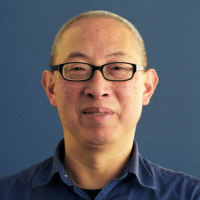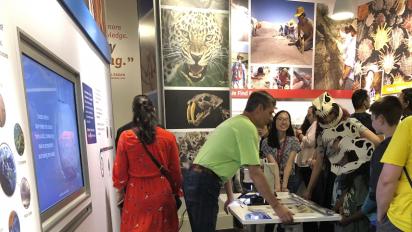Anthony Leiserowitz is Director of the Yale Program on Climate Change Communication and a Senior Research Scientist at the Yale School of Forestry and Environmental Studies. He is an expert on public climate change beliefs, attitudes, policy preferences, and behavior, and the psychological, cultural, and political factors that influence them. He conducts research at the global, national, and local scales, including many studies of the American public. He also conducted the first global study of public values, attitudes, and behaviors regarding sustainable development and has published more than 200 scientific articles, chapters, and reports. He has served as a consultant to the John F. Kennedy School of Government at Harvard University, the United Nations Development Program, the Gallup World Poll, and the World Economic Forum. He is a recipient of a Mitofsky Innovator Award from the American Association of Public Opinion Research. He is also the host of Climate Connections, a daily radio program broadcast on more than 500 stations and frequencies nationwide.
We spoke with Leiserowitz recently about his work at the Yale Program on Climate Change Communication—a recipient of NCSE’s Friend of the Planet Award—and as one of a group of advisors to the Smithsonian National Museum of Natural History’s recently unveiled Deep Time exhibit. The exhibit focuses on the evolution of life, with an emphasis on how organisms have interacted with each other over time, and how they’ve interacted with Earth and its climate.
Paul Oh: The namesake donor of the Deep Time exhibit was the late David H. Koch, who funded not only scientific exhibitions at institutions like the Smithsonian and the American Museum of Natural History but also organizations promoting climate change denial. Did you find that problematic?
Anthony Leiserowitz: My first priority—and I think this was true for all the scientific advisors—was making sure there was a tall, wide, and impermeable firewall between the source of the funding and the exhibit’s content. I think everybody involved was deeply, and rightfully, concerned about that and didn’t want to be associated with something that tried to downplay climate change or the human impact on the planet. The leadership of the Smithsonian made it clear that wasn’t going to be the case. That was step one: we all needed to be confident that this exhibit was going to follow the science.





